The realm of catalysis design marries the intricate principles of chemistry with the pragmatic approaches of engineering, creating a dynamic field that fuels technological advancements and industrial processes. At its core, catalysis design involves tailoring materials to facilitate and accelerate chemical reactions. Chemists meticulously select catalyst components, considering factors such as electronic structure, surface reactivity, and stability. Transition metals, known for their variable oxidation states, often serve as catalysts due to their ability to participate in redox reactions crucial for catalytic processes. Additionally, the geometric arrangement of catalyst atoms profoundly influences performance. Engineering catalysts with specific surface structures and active sites can enhance selectivity and reaction rates. Nanomaterials, with their high surface area-to-volume ratio, offer promising avenues for maximizing catalytic efficiency.
The synergy between chemistry and engineering is exemplified in the optimization of catalytic reactors. Engineers design reactors to ensure efficient mass transfer and optimal temperature and pressure conditions, factors critical for maximizing catalyst performance and reaction yields. Furthermore, computational tools play a pivotal role in catalysis design. Molecular modeling techniques enable researchers to predict catalyst behavior and explore reaction mechanisms, expediting the discovery of novel catalytic materials and pathways.
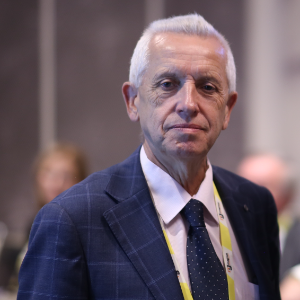
Stanislaw Dzwigaj
Sorbonne University, France
Dai Yeun Jeong
Asia Climate Change Education Center, Korea, Republic of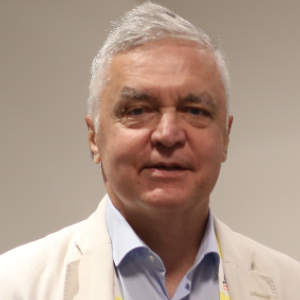
Sergey Suchkov
N.D. Zelinskii Institute for Organic Chemistry of the Russian Academy of Sciences, Russian Federation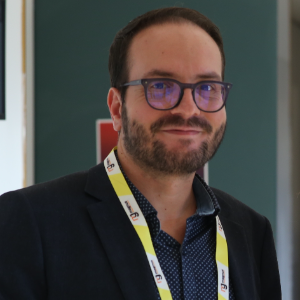
Enrico Paris
CREA-IT & DIAEE, Italy
Rabeharitsara Andry Tahina
GPCI-ESPA Antananarivo University, Madagascar
Jiri Dedecek
J Heyrovsky Institute of Physical Chemistry , Czech Republic
Uday Som
Research and Development Engineer, Japan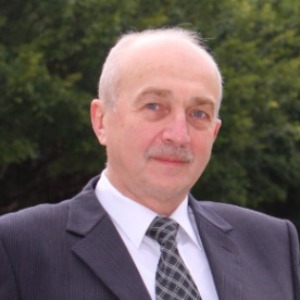
Vladimir G Chigrinov
Hong Kong University of Science and Technology, Russian Federation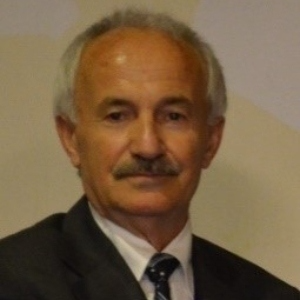



Title : Distant binuclear vanadium V(II) cationic sites in zeolites and their reactivity
Jiri Dedecek, J Heyrovsky Institute of Physical Chemistry , Czech Republic
Title : Advanced nanostructures for carbon neutrality and sustainable H₂ energy
Tokeer Ahmad, Jamia Millia Islamia, India
Title : Personalized and Precision Medicine (PPM) as a unique healthcare model via bi-odesign, bio- and chemical engineering, translational applications, and upgraded business modeling to secure the human healthcare and biosafety
Sergey Suchkov, N.D. Zelinskii Institute for Organic Chemistry of the Russian Academy of Sciences, Russian Federation
Title : Antibody-proteases as a generation of unique biomarkers, biocatalysts, potential targets and translational tools towards nanodesign-driven biochemical engineering and precision medical practice
Sergey Suchkov, N.D. Zelinskii Institute for Organic Chemistry of the Russian Academy of Sciences, Russian Federation
Title : Dimethyl ether synthesis from syngas over Cu-Zn/Al2O3 catalysts prepared using the Sol-Gel method
Uday Som, Research and Development Engineer, Japan
Title : Influence of various catalysts on H₂ enhancement and CO2 capture during syngas upgrading
Enrico Paris, CREA-IT & DIAEE, Italy
Title : Photoaligned azodye nanolayers : New nanotechnology for liquid crystal devices
Vladimir G Chigrinov, Hong Kong University of Science and Technology, Russian Federation
Title : Application of vanadium, tantalum and chromium single-site zeolite catalysts in catalysis
Stanislaw Dzwigaj, Sorbonne University, France
Title : Advances in heterogeneous catalysis for green conversion of propene to aldehydes and alcohols
Ram Sambhar Shukla, CSIR-Central Salt and Marine Chemicals Research Institute (CSMCRI), India
Title : Oxidation of methane to methanol over pairs of transition metal ions stabilized in the zeolite matrices
Jiri Dedecek, J Heyrovsky Institute of Physical Chemistry , Czech Republic